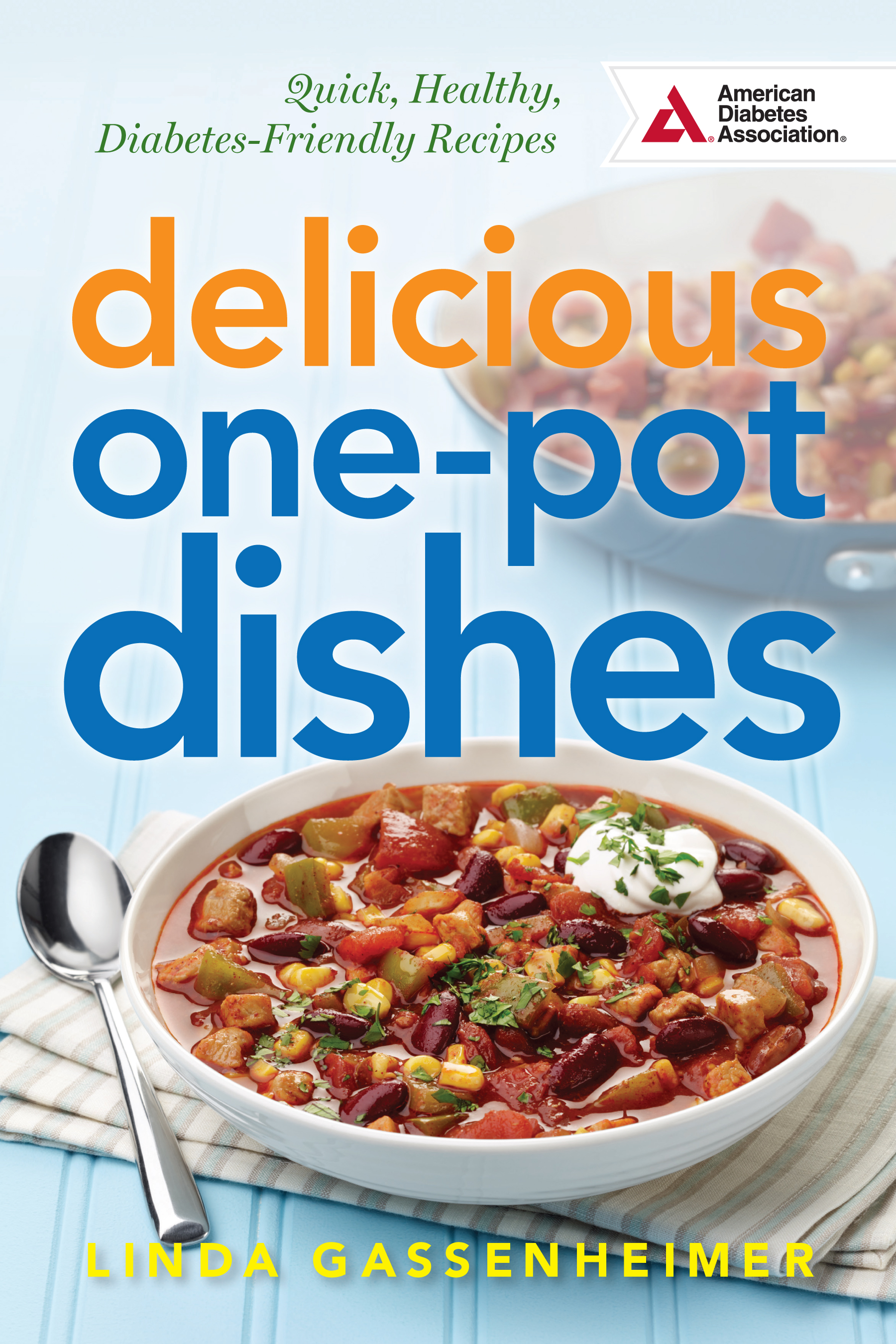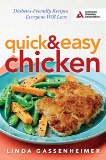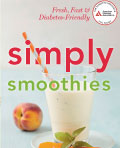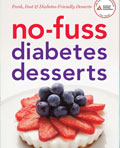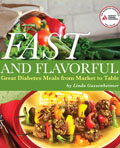The Sites, Culture and Cuisine of Jordan
Here are some highlights:
The rose-red city of
Jerash is a Graeco-Roman city that was built over 2,000 years ago. It is considered one of the most important and best preserved Roman cities in the Middle East and is sometimes called the
Kerak
Kerak is a 12th century crusader castle standing on a hilltop with magnificent views of the
Wadi Rum is like a moonscape of ancient valleys and towering sandstone mountains that rise straight up out of the white and pink colored sands. It was the site of T.E. Lawrence’s exploits in 1917 and where scenes for Lawrence of Arabia were filmed. Our Bedouin driver took us on our dessert excursion showing us Bedouin communities. It was an extraordinary site to see the Bedouin tents made from camel or goat hair with its inhabitants squatting on the ground talking on their cell phones.
Jordanian Cuisine
Before I left for
Here is his list of traditional foods:
a) Appetizers
– The traditional Lebanese cum pan Arab appetizers, best known as ‘Mazza’ (e.g., humous, mutabal, salatat al rahib, grilled haloumi cheese, taboulie, farmer’s salad (salata falahieh) fattoush (bread salad), arugula salad, kibeh, kibeh naiee (raw meat with cracked wheat), burag, labneh (drained yogurt made into cheese), makaik, kishik, etc…)
b) Main Jordanian Traditional Entrees:
– Mansaf: Cooked chunks of lamb in dehydrated and diluted sheep yogurt, served on a bed of rice and sprinkled with the yogurt in which the meat was cooked.
–Musakhan: Roasted Chicken, richly soaked in traditional local virgin olive oil on a bed of flat Arabic bread, covered with caramelized onions and generously flavored with Sumak (a red berry, dried and crushed to a powder).
– Stuffed Vine Leaves or Stuffed Baby Courgettes (zucchini), or both combined, either with or without a layer of baby lamb cutlets.
– Makloubat Zahra or Eggplant (Either eggplant or Cauliflower upside down): Generously spiced rice with fried onions, coarsely fried minced meat or meat cubes and either eggplant or cauliflower.
– Freaka with Chicken or Meat(Cooked smoked cracked wheat).
c) Desserts
– Cheese or Kishta Kunafeh
– Aysh al Saraya (golden bread soaked in honey and syrup)
-Nayli Lubnan (clotted cream, bananas, milk, honey, lemon blossom water, fresh cheese)
– Halawit Jibneh (flattened unsalted cheese stuffed with clotted cream)
Adnan Haboob’s Restaurant suggestions:
If it’s Arabic restaurants you are interested in:
– Burj al Hamam (located at the
– Fakhriddin (walking distance from the Jordan Intercontinental). Rating: Very Good
– Hawara (Somehow remote) Rating: Very Good
– Sultan Ibrahim (located at the Ocean hotel) Rating: Very Good.












